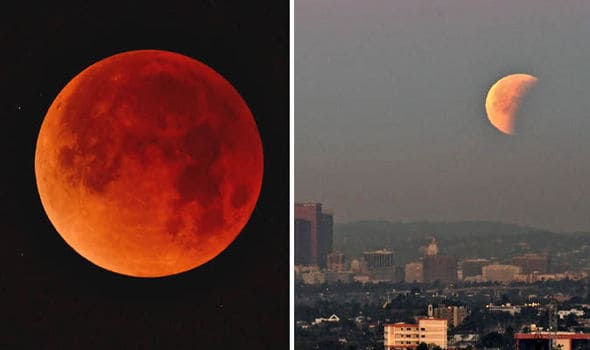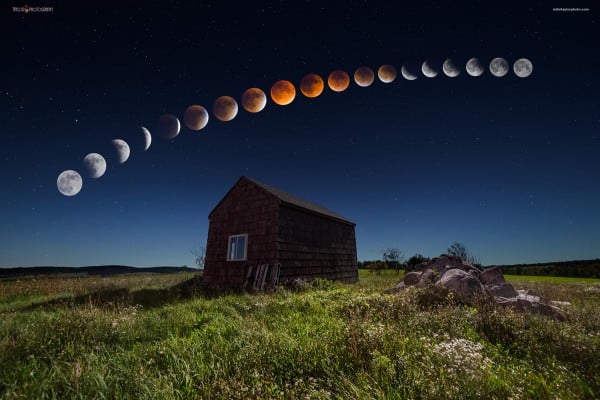The Next Blood Moon In 2018 Is The Longest Total Lunar Eclipse This Century!
The summer of 2018 includes many interesting astrological activities. Notably, the next Blood Moon taking place next July is going to be the longest total lunar eclipse this century. Read on for more information now!

The Next Blood Moon In 2018 Is The Longest Total Lunar Eclipse This Century!
According to a recent report, we are going to witness the longest total Lunar Eclipse of this century soon. Moreover, the particular lunar eclipse is referred to as a blood moon because of the reddish hue that surrounds the planet. On the other hand, many theories are talking about the meaning of the occasions. Interestingly, there is also the suggestion regarding the apocalypse, Express UK reported. The eclipse is going take place from 6:24 p.m. UTC (2:24 p.m. ET).
The event begins with a partial eclipse until around 7:30 p.m. UTC before we can see the long total eclipse, which can last up to two hours. In details, the July 27 total lunar eclipse is so long because the “full moon and July lunar apogee — the moon’s most distant point from Earth in its monthly orbit — both fall on the same date,” EarthSky has explained on its website. “As a result, the July 2018 full moon showcases the most distant and smallest full moon of the year.”

Furthermore, blood moon total lunar eclipses happen about every 545 days. The planet does not have any light of its own. It shines because its surface reflects sunlight. So during a total lunar eclipse, the Earth moves between the sun and the moon and cuts off the moon’s light supply. When the situation happens, the surface of the planet takes on a reddish glow instead of going completely dark. “The condition of the Earth’s atmosphere, including the amount of pollution and dust from storms and volcanic eruptions, can affect the shade of red the moon takes on during the eclipse,” Time and Date shared.
When can you watch the July Blood Moon?
If you want to watch the July 27 blood moon lunar eclipse, you can stream it HERE. On another note, you will be able to see it in real life if you’re located in Asia, Australia, New Zealand, and much of Europe and Africa.






